
We kindly inform you that, as long as the subject affiliation of our 300.000+ articles is in progress, you might get unsufficient or no results on your third level or second level search. In this case, please broaden your search criteria.

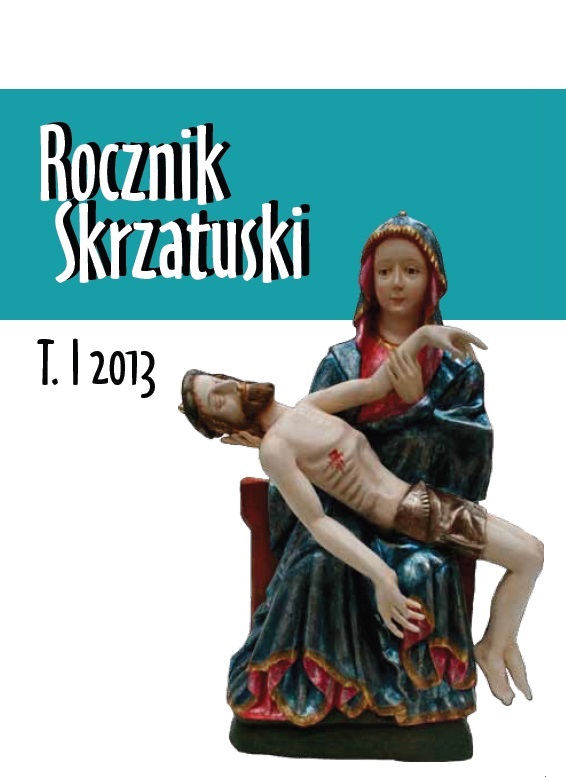

The subject of this thesis is the issue of a selfie in a photographic and sociological-cultural concept. Authoress is searching to find the answer for two main questions: to what degree does the selfie follow the rules of good photography and the correct photographic portrait. What is the phenomenon of a selfie – a new trend in photography or a substitute to culture. The article deals with the following important matters, such as: creating an image, media culture, the Internet and aesthetics in photography. Theoretical contemplations are complemented by an analysis of fourteen selfies grouped into seven categories of public services (the article presents seven photos only), which leads to a critical conclusion that selfie can’t be considered a new trend in the framework of aesthetics in photography.
More...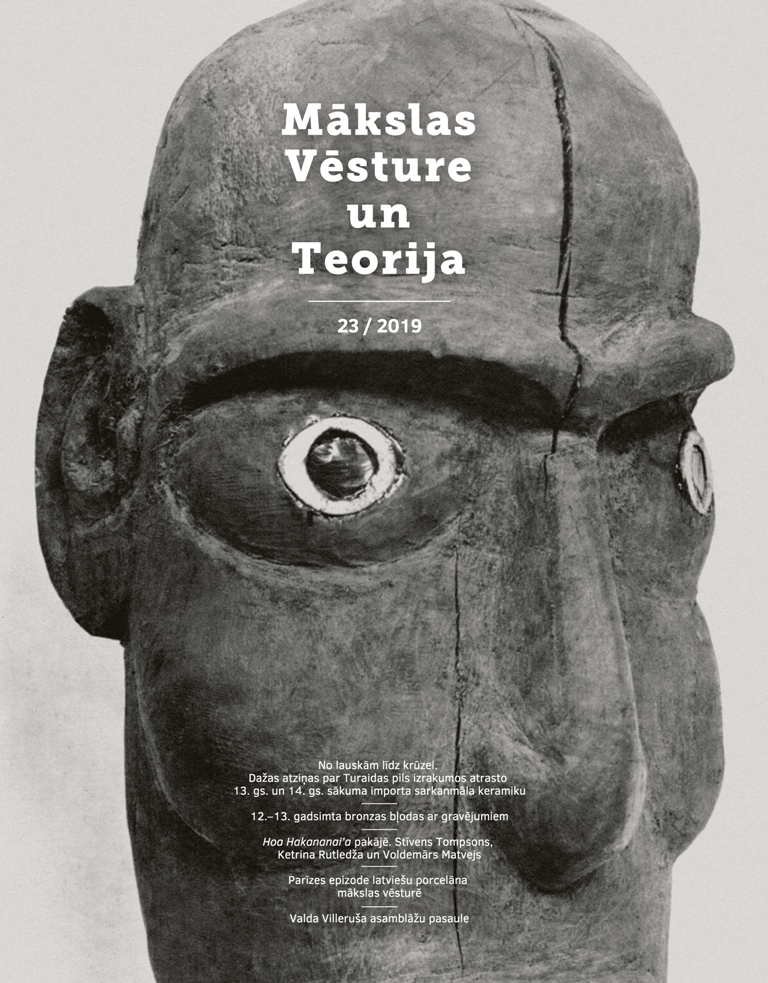
This year is the 100th anniversary of the publication of the book The Mystery of Easter Island: The Story of an Expedition by British traveler and ethnographer Katherine Routledge. However, the aim of this article is to draw attention to her contemporary, Latvian artist and theoretician Voldemārs Matvejs’ (1877–1914) study of Oceanic art Искусство острова Пасхи (The Art of Easter Island), published in Russian under the pseudonym of Vladimir Markov in St. Petersburg in January 1914 with a print run of 500 copies. Both publications feature one of the British Museum’s most popular exhibits – the photograph of Hoa Hakananai’a. Therefore, the author has gathered information on the British photographer Stephen Thompson (1831–1892) who created this image. The article also presents the first comparative analysis of both publications, emphasising common as well as different elements in both researchers’ activities, each having their own aims, interests and opportunities to familiarise themselves with the cultures of the world. Katherine Routledge graduated from the University of Oxford with honours in 1895, specialising in modern history. When the Second Boer War was over, Katherine went to South Africa as a member of a women’s committee in 1902. In 1906, aged forty, she married the ethnographer, anthropologist and traveller William Scoresby Routledge (1859–1939). In 1908 the couple arrived in the British protectorate in East Africa (now Kenya), settling on the territory of the largest ethnic group, the Kikuyu people. They later donated their collected ethnographic materials to the British Museum as well as to Pitt Rivers Museum in Oxford. They described their impressions in a jointly written book With a Prehistoric People. The Akikuyu of British East Africa (1910). Voldemārs Matvejs did not have the opportunity to visit the African continent in person and so made it his aim to inspect the ethnographic collections of Western European museums. From 24 July to 15 September 1913, together with a close associate, Varvara Bubnova (1886–1983), he visited Kristiania (now Oslo), Copenhagen, Hamburg, London, Paris, Cologne, Leiden, Amsterdam, Leipzig and Berlin. In the course of less than two months, he gathered rich material on African and Oceanic art as well as took photographs of certain objects. The artist’s notes have not come down to us, so there is no information on how the works were selected. Therefore, Matvejs’ original photographs of sculptural examples from Africa and other regions published in his books as well as the few pictures of individual exhibits taken by other photographers provide an insight into his research work. When analysing Matvejs’ photographic method, it is important to spot analogies and thus the author’s attention was drawn to the work of Stephen Thompson who took the photograph of Hoa Hakananai’a and photographed over 5000 museum exhibits from December 1869 to early 1872. The London publisher W. A. Mansell & Co issued the album British Museum Collections with his photographs. The catalogue represented Greco-Roman and medieval art while the last seventh volume dealt with the overseas territories of the British Empire. Thompson became the first photographer who had the opportunity to capture more than 150 ethnographic objects – artefacts and sculptures from the region of Polynesia as well as the masks of Peru Indians, Aztecs and other native American peoples. Thompson also photographed new acquisitions, including two stone figures Hoa Hakananai’a and Moai Kava donated by the Queen to the British Museum in 1869. The photographer probably took pictures of these moai in the period between 1869 and 1872. Especially significant is Thompson’s photographic documentation of Hoa Hakananai’a from behind, as he had the rare, exclusive opportunity to capture the forms, contours and finish of this monumental sculpture at eye level. Many later researchers did not have this opportunity, as Hoa Hakananai’a was often located in places and heights ill-suited for viewing and taking pictures. It was placed either too low and close to the wall in the colonnade outside the British Museum where Matvejs photographed both the aforementioned figures in summer 1913, or on a pedestal too high, thus not even allowing one to see important details from the correct distance and angle. Therefore, the value of Thompson’s photograph is understandable along with the reason why both the British ethnographer Routledge and Matvejs used it in their publications. Katherine Routledge acquired all the necessary information herself on Easter Island where she stayed for 17 months. Her experience was later described in detail in the weighty volume of 400 pages The Mystery of Easter Island: The Story of an Expedition with its 166 pages focusing on Easter Island. Routledge described the island’s landscape and flora, local people’s way of life, beliefs, religion, living conditions, eating and dressing customs, the family model, property relations, legends, the cult of the Bird and the dead, burial traditions, ancient names of the island as well as the origins of its language and writing. Routledge’s contribution to the description and photographic documentation of artworks, especially stone sculptures, is immense. Only 105 images from the huge photographic archive, now in the collection of the British Museum, were included in the book. Artist and theoretician Voldemārs Matvejs’ interest in world cultures is related to his searches for a new ideal of beauty typical of early 20th century modernist art. At the St. Petersburg Academy of Arts where Matvejs studied the basics of painting, the classical Greco-Roman ideal of beauty was still prevalent. However, the budding artist took up theoretical and research activities. Familiarising himself with sculptural examples “of all peoples and periods”, Matvejs came to realise that outside Europe, an artwork is not just an artwork, it could also fulfil certain social and ritual functions. To understand better the specificity of sculpture, its place and role in the spiritual organisation of society in the Pacific region and on Easter Island in particular, he carefully studied the notes of the few travellers and art collection catalogues of European museums. Especially useful were travel notes and eyewitness accounts of such visitors to Easter Island as the British Captain James Cook (1728–1779), French pastor and missionary Eugène Eyraud (1820–1868) and German seaman, Lieutenant Wilhelm Geiseler (1847/48–1891). The first chapter of Matvejs’ study also made use of the information from the album of wooden sculptures by the first Catholic Bishop of Tahiti, French missionary Étienne Florentin Jaussen (1815–1891), known also as Tepano; an essay on Easter Island published after the missionary’s death proved useful too. In the second chapter of his book that dealt with the art of Easter Island, Matvejs carried out artistic analysis, comparing stone and wooden sculptures, and he formulated 11 characteristics common to both groups and 4 that set them apart. The book’s textual part is complemented by only 22 black and white images of 5 stone and 11 wooden sculptures from the Oceanic region; the specificity of Easter Island is exemplified with photographs of only 2 stone and 7 wooden sculptures. However, even such scarce visual information reflects the artist’s attempts at establishing the specificity of regional sculpture. Matvejs hypothesised that the unifying element of both stone and wooden sculptures on Easter Island was the facial construction and its characteristic formal features. This was the reason why he took close-up photographs of wooden sculptures. According to Matvejs, Easter Island was the origin and centre of the traditions of Oceanic art, spreading its influence over the entire vast Pacific region. Therefore, he looked for analogies and photographed some 20 sculptural examples from Tahiti, Hawaii, New Guinea and the Marquesas Islands both from one angle and from several angles with the aim of confirming his theoretical assumptions. Matvejs looked for analogies not as an ethnographer but as an artist who focused not just on the characterisation of “another beauty” widespread there but also on similarities and differences in the continuation and interpretation of this tradition by a particular region or artist. He possibly took over his interest in characteristic details from the 19th century photographers. Nevertheless, Matvejs thought that it was important to single out the peculiarity of each region and so he varied the composition of the frame and often framed the original in line with his conception, emphasising the totality of formal means not typical of European art in the interpretation of the figure and especially its head. Each image has the additional task of serving as a negation of the European classical artistic tradition. Easter Island was for Matvejs “Classical Greece” in the Pacific. He considered the Easter Island sculptures to be of higher value than those of Classical Greece. Although there are obvious reasons why Stephen Thompson, Katherine Routledge and Voldemārs Matvejs never met during their lifetimes, each of them took part in a prolonged process of aesthetic education in their respective fields of expertise. Routledge left us outstanding examples of documentary photography, preserving a unique chance for the next generations to view the sculptures of Easter Island in their natural environment. Voldemārs Matvejs as an artist not only discerned the role of Easter Island and Oceanic art in the 20th century cultural context but also somewhat envisioned a more distant perspective of artistic development. The trend of Surrealism whose emergence he did not live to witness has recognised the art of Easter Island as one of its strongest sources of inspiration.
More...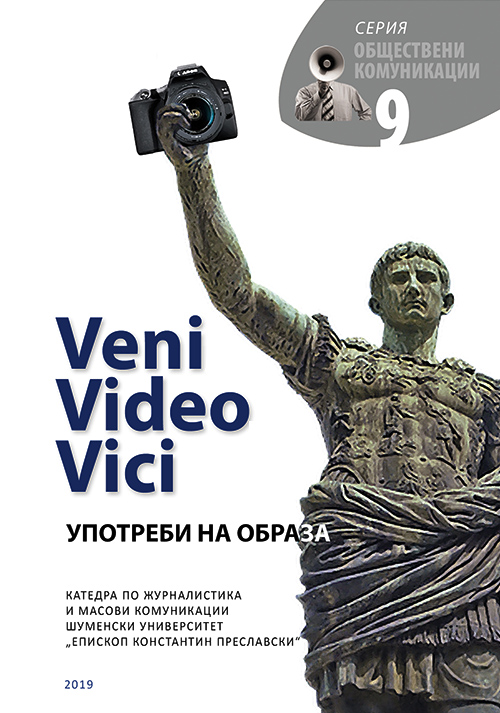
The paper deals with the autonomous history of photography as an art or craft, and traces the formation of the value norm and identity of this image-based occupation over the years. Since the mid-nineteenth century, photography has acquired the undisputed representative status of an operator in the unified media environment of society. Having this status, it dutifully fulfills the Roman motto „I came, I saw, I won“, dominating reality through its capture and verification in images. The main ideas in the paper can be subsumed under the following focal points: pictorialism and realism in photography; the notion of artistic value and the boundaries between painting, photography and poetry; the aesthetic nature of the photographic craft; and the relation between speech and drawing.
More...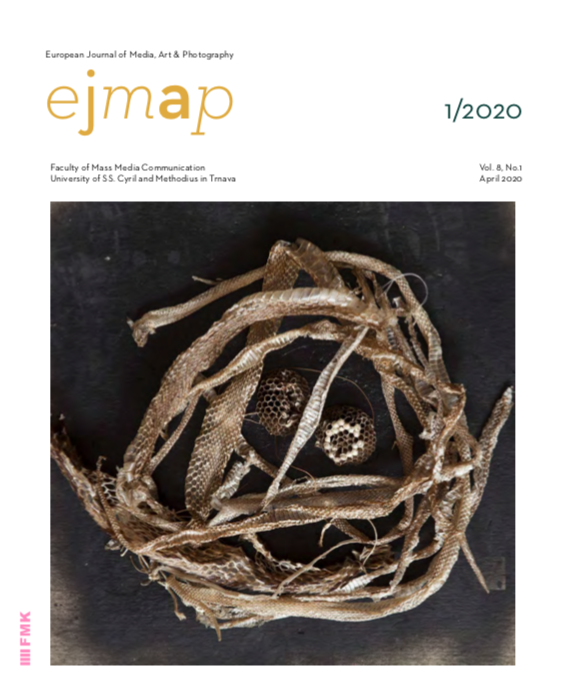
Jiřina Hankeová (* 1948) was born in Kladno. She has a wide range in her work, from drawing and painting, to poetry and lyrics, to photography. She took up photography during her secondary school studies, but eventually she found her creative expression mainly in drawing and painting. She already started to exhibit her paintings and drawings in the ’70s. In the ’80s, she was strongly influenced by her friendship with the Trasa group, especially by the work of Olbram Zoubek and Válová sisters. In the ’90s, her activity expanded to lyrics that she wrote for her daughter Lucie’s music. She published several books of poetry: What to Do with It?, Chlorophyll People, Acrylic Poetry, Other Views and Leaving the City Behind One’s Back. At the turn of the century, she returned to photography again without leaving her previous creative activities. She has exhibited her photographs at more than 40 solo exhibitions both in the Czech Republic and abroad. She called her first photo series in which she plays with lights and shadows “It Started Quite Innocently” (2004) with the subtitle “Light & Shape”. One of her most significant photo series “An Awkward Attempt at Self-Therapy” (2005-2006) originated inside an intimate space. The photo series “Cyclic Landscapes” (2010-2012) which resonates with the optically vibrant softness of reality is in contrast to the trivial snippets of the urban environment in the photo series “Banalities” (since 2010). She fulfills her feelings and visions in extensive photo series of staged images, such as “Same as Different” (since 2015) where she uses her imagination to transform everyday objects, “Lost & Found” (since 2016) in which she tells stories of found things, or “A Little Morbid Images” (since 2018) where she designs constructions from animal fragments.
More...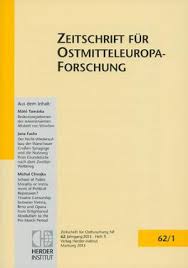
Review of: Agata Nörenberg - Auf beiden Seiten der Barrikade. Fotografien und Kriegsberichterstattung im Warschauer Aufstand 1944. / Po obu stronach barykady. / On Both Sides of the Barricade. Hrsg. von Peter Haslinger, Sabine Bamberger- Stemmann und Tatjana Tönsmeyer. Herder-Institut für historische Ostmitteleuropaforschung – Landeszentrale für politische Bildung. Marburg – Hamburg 2018. 264 S., Ill. 978-3-87969-420-4, 978-3- 946246-08-4. (€ 46,–.)
More...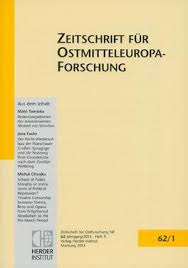
Review of Heidrun Hamersky: Störbilder einer Diktatur. Zur subversiven fotografischen Praxis Ivan Kyncls im Kontext der tschechoslowakischen Bürgerrechtsbewegung der 1970er Jahre. (Forschungen zur Geschichte und Kultur des östlichen Mitteleuropa, Bd. 49.) Steiner. Stuttgart 2015. 281 S., zahlr. Ill. ISBN 978-3-515-10924-6 (€ 49,−.). Reviewed by Natali Stegmann.
More...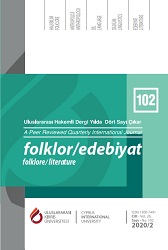
Birthday photographing is a modern tradition that attached to birthday ritual, and considered within the family photograph type. In this article, seven photos of birthday celebrations from first half of 1960s and 1990s that they are belong to same family’ four children from two different generations, are examined. And problem is why birthday photos of different persons from different ages have similar frames. The photos are analyzed by Panofsky’s iconographic and iconological methods. However, a perspective formed by the main questions and terms of anthropology is used while analyzing photographs. The owner of the photos is Mustafa Muhtar Kutlu, whose biography was recorded orally. Therefore, the meaning of the photographs, the personal experiences and authenticities hidden in the photographs are revealed through the biography of the owner of the photographs. In the article, it is claimed that practiced three patterns creates the similar frames. One of these patterns is schemata which uses portrait art and also folk art. The other two patterns are created by ritual and family image that these are reasons of the taking the photographs. Although these three patterns make the photos understandable at first glance, they are not the only factor that determines their value. The creativity of the eye that shoot the photographs and a bit of luck are elements that make the photos aesthetically unique. Semantic value is related to both the ethnographic characteristics of the images reflected by the photographs and the memories that the owners fit them.
More...
The paper discusses images of prenatal development created by Ernst Haeckel and Lennart Nilsson. Despite the obvious differences between a 19th-century biologist and philosopher of nature and a 20th-century photographer, substantial similarities exist in the way their respective narrations situate embryos and fetuses within the cultural realm. The paper traces the processes of creating the representations of stages of embryogenesis and the controversies surrounding them, analyzes the discursive frame within which the images are produced and function, and discusses their media specificity. It also examines the metaphysical ambitions surrounding the process of producing embryo- and fetal identities and the relation of these identities to the important cultural characteristics of their historical epochs.
More...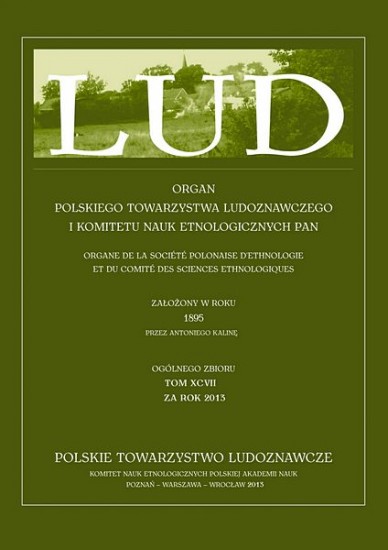
The article aims at analysing figures of thinking about modern weddings and wedding photography in Poland. It draws on ethnographic material collected in the course of research conducted by the Seweryn Udziela Ethnographic Museum in Cracow (research project „Wesela 21”). The author describes main assumptions behind the project, research methodology, and provides a brief description of the analysed materials, applied method and theoretical perspective. She reconstructs notions about the wedding photography market, which are revealed in the interviews with wedding photographers and filmmakers, and modes of creating wedding representations. The author also discusses different typologies of weddings mentioned during the interviews. The division into „country” and „urban” weddings, as the author suggests, calls for critical analysis. It seems to mark social and cultural distinctions. The attributes „country” and „urban” are rather aesthetic categories than those which describe a particular space conceived in geographical terms.
More...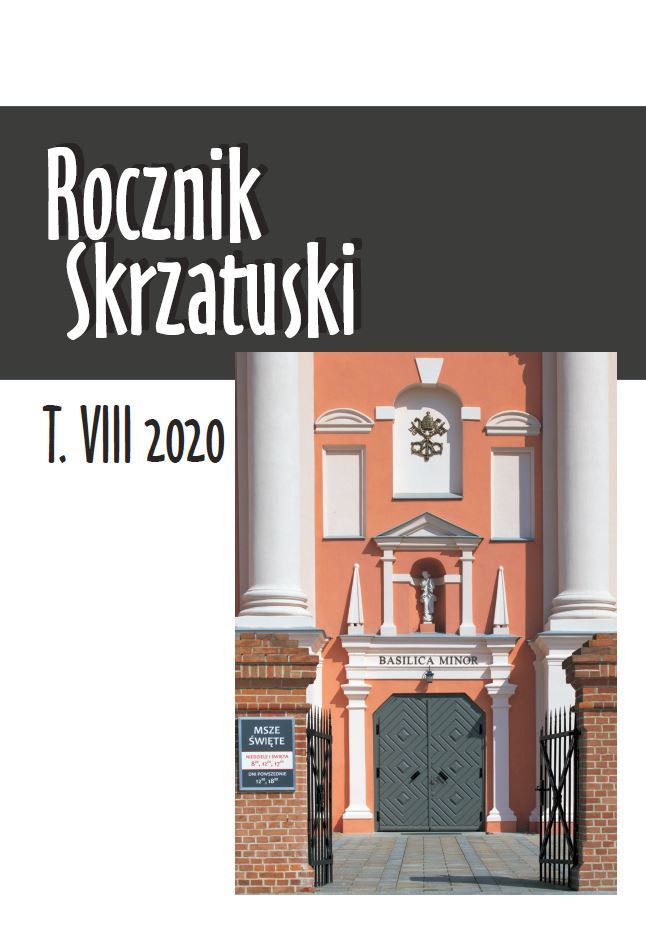
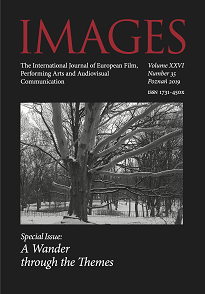
Urodzona w Łodzi. Z wykształcenia etnograf. W latach 1974-1980 pracowała w filmie jako asystent i drugi reżyser (m.in z Wacławem Borowczykiem, Krzysztofem Kieślowskim, Piotrem Szulkinem, Krzysztofem Zanussim, Andrzejem Trzosem-Rastawieckim). W 1980 roku porzuciła film na rzecz fotografii. Dokumentowała początki przemian politycznych w Polsce i narodziny „Solidarności”. W stanie wojennym związana z niezależnym ruchem kulturalnym, współpracowała też z podziemną prasą solidarnościową. Od końca 1982 roku wszystkie zdjęcia z życia codziennego w Polsce włącza do zbioru Fotodziennik czyli piosenka o końcu świata. Zdjęcia opatrzone krótkimi odręcznymi podpisami - subiektywny zapis, klatki pamięci - a jednocześnie ostry komentarz polskiej rzeczywistości. Zapis ten powstaje nadal. Bohdziewicz jest też autorką innych dużych projektów, których realizacja trwa od wielu lat: Kapliczki warszawskie, Kosmos, Antypocztówki, Piękni i szczęśliwi, Prywatna telewizja. Anna Bohdziewicz była też komisarzem wielu wystaw fotograficznych (m.in. „Fotografie Gazety Wyborczej”, „Pod ręką boską” Marka Rostworowskiego, „Warszawa 1943-1944. Fotograf nieznany”). Razem z Mariuszem Hermanowiczem stworzyła wystawę „Ofiary stanu wojennego”. Jest także autorką licznych recenzji i tekstów o fotografii oraz wywiadów z fotografami, m.in. z Zofią Rydet, Edwardem Hartwigiem, Annie Leibowitz. Ma na swoim koncie szereg wystaw krajowych i zagranicznych, zarówno w Europie jak i w Ameryce. Fotodziennik pokazywany był w ponad 60 krajach świata. Wydała Kapliczki warszawskie (razem z Magdaleną Stopą), Warszawa 2008; 1981. Lekki powiew wolności, Warszawa 2014; Wszystko od nowa. 1989. Fotodziennik, Warszawa 2014.
More...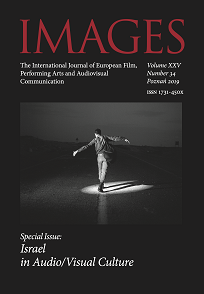
This paper demonstrates the way an autobiographer shapes his/her identity in the creation of his/her narrative. The autobiographer’s struggle in his/her understanding of the self is sometimes evident in the work. This project focuses specifically on the work of Adi Nes, an Israeli photographer. His photographs demonstrate the ways in which he feels like an outsider in Israel, as both a member of the Sephardic community and a homosexual. His photographs are staged, and he uses figures of alterity by projecting himself into his images with the use of models, which may lead the viewer to question the referentiality, or truthfulness, of each image. While demonstrating his identity through personal experience and memories, his images are created in the context of a stratified society, demonstrating the power dynamics of the military and the different groups that reside within Israel. The paper draws on images from three series – “Boys” (2000), “Soldiers” (1994–2000) and “Prisoners” (2000).
More...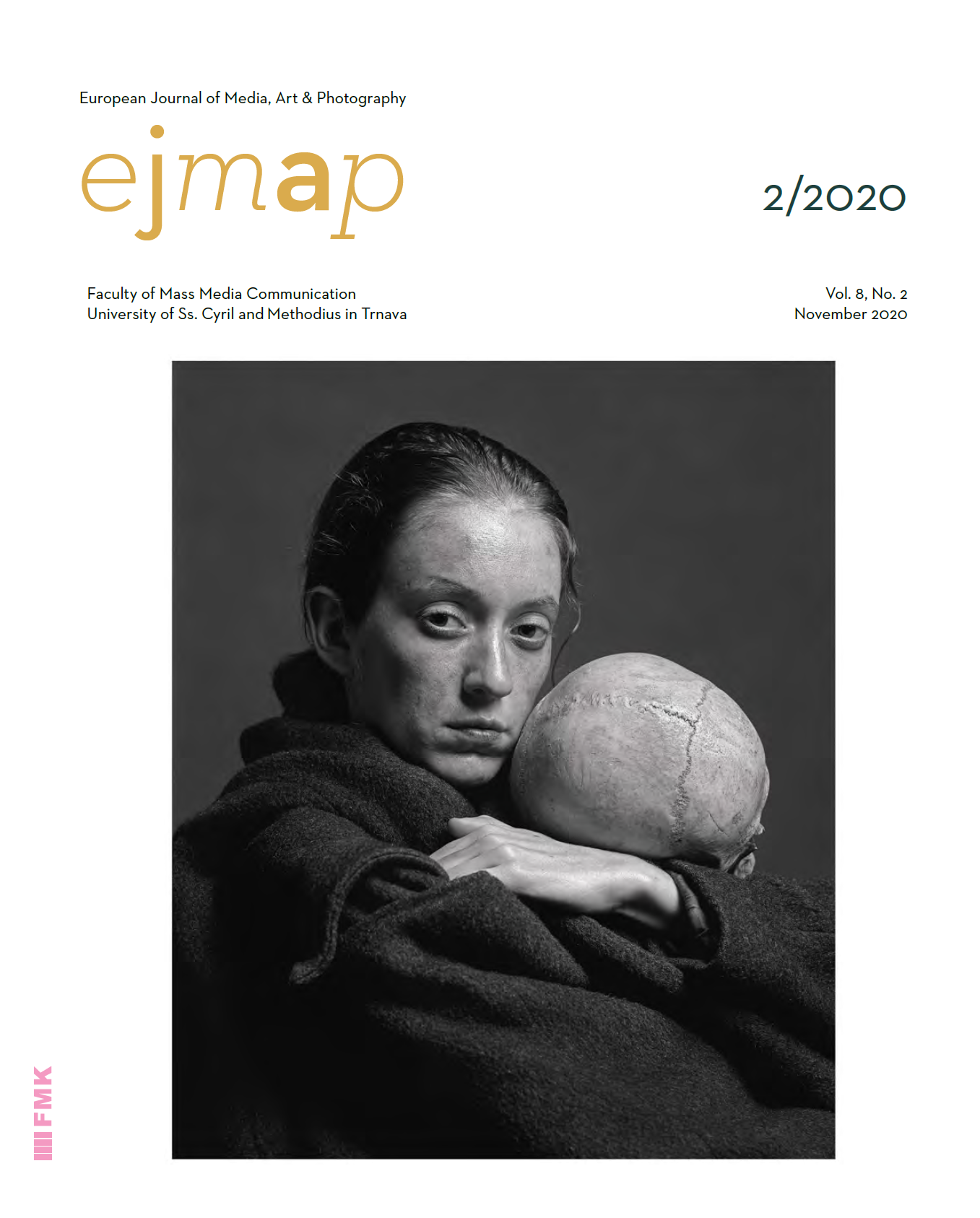
In their theoretical study, the authors of the paper address the hidden meanings of image of communication in the medium of photography. Specifically, they focus on the encoding and subsequent interpretation of images on the basis of their inner construction. At the same time, the authors are trying to find an answer to philosophical questions – whether photography is wise or rather foolish, whether it represents life or death, and contemplate the question of whether a photograph is more an embalming of a moment or its memento mori.
More...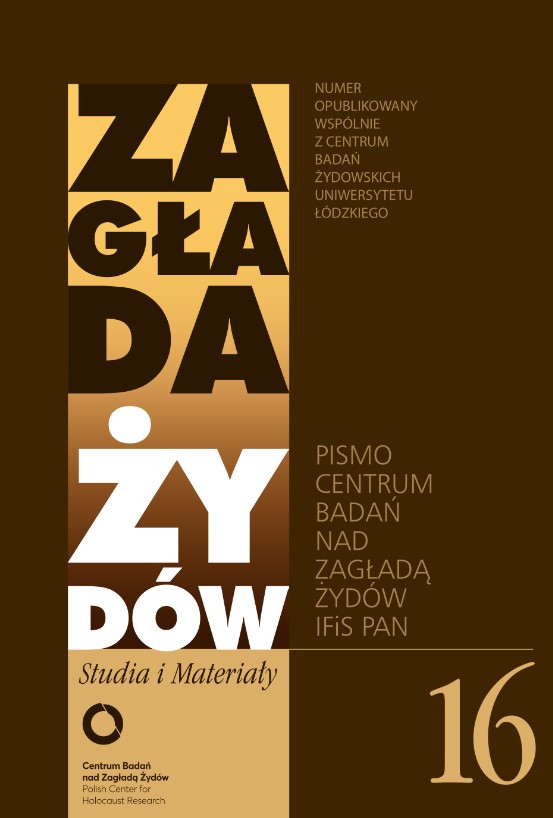
A collection of photographs from the Łódź ghetto is the largest surviving collection of this kind of photographs. The collection consists of several thousand photographs taken officially by members of the Jewish and German administration, and from hundreds of illegal copies, both those documenting the Holocaust and from private memorabilia. The collection was often used in publications and exhibitions, most often as illustrations. The author tired to systematize those photographs, analyzing individual shots, not only in order to identify the situations and people depicted and primarily the circumstances in which the photographs were taken, in a bid to interpret the intention of the photographer.
More...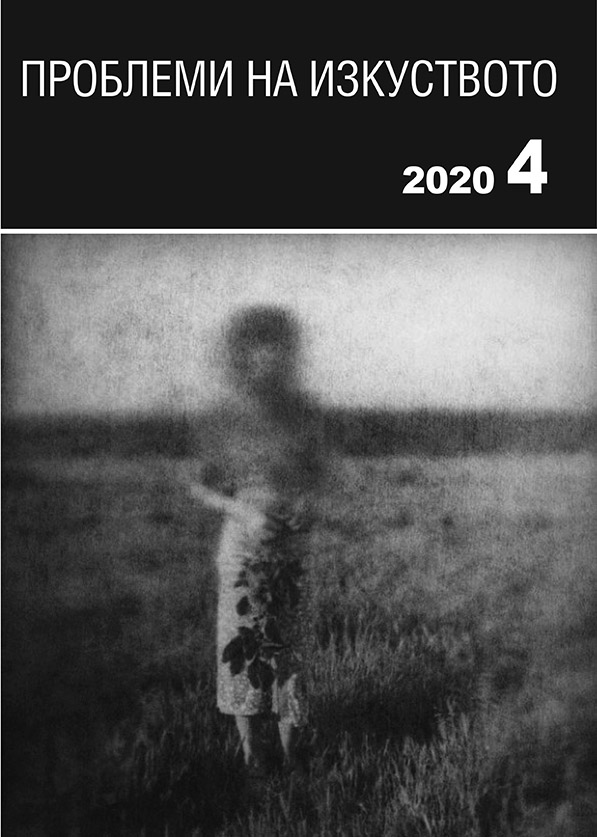
This article is based on photographic images as the sole evidence of the visage of temporary artworks. An object of interest is the monumental decoration put up on the occasion of May Day, International Workers’ Day in 1945, in Sofia, Bulgaria’s capital. A parallel is drawn between the images of sculptures, captured in nine photos from the photographic archive of Todor Slavchev (1900–1992), and information in records from the archives of the Union of Bulgarian Artists and major publication on the subject. This paper focuses on problems of art commissioning (mainly public) and art-commission relation, as well as on the structures and the organisation of art practices in the decade preceding 9 September 1944. The article seeks to trace the ‘evolutionary’ line in the development of the processes, rather than the ‘revolutionary’ one, proclaimed under socialism. The facts of the report by the evaluating commission on the artwork performed on the occasion of Labour Day are provided in detail, citing the teams and their artworks. The subject of labour was visualised by presenting the main sectors of the then Bulgarian economy: farming (figures of a “Sower” and a “Female harvester”), crafts (“Smith”), mining (“Miner”), industry (“Industrial worker” and “Female tobacco worker”) and construction (“Builder”). War, an undesired, yet existing reality, was also included in the statuaries (“Warrior”) and the still discernible role of intellectuals (“Mental Work”). A figure of a “Partisan” pointed towards the hero of the new era.
More...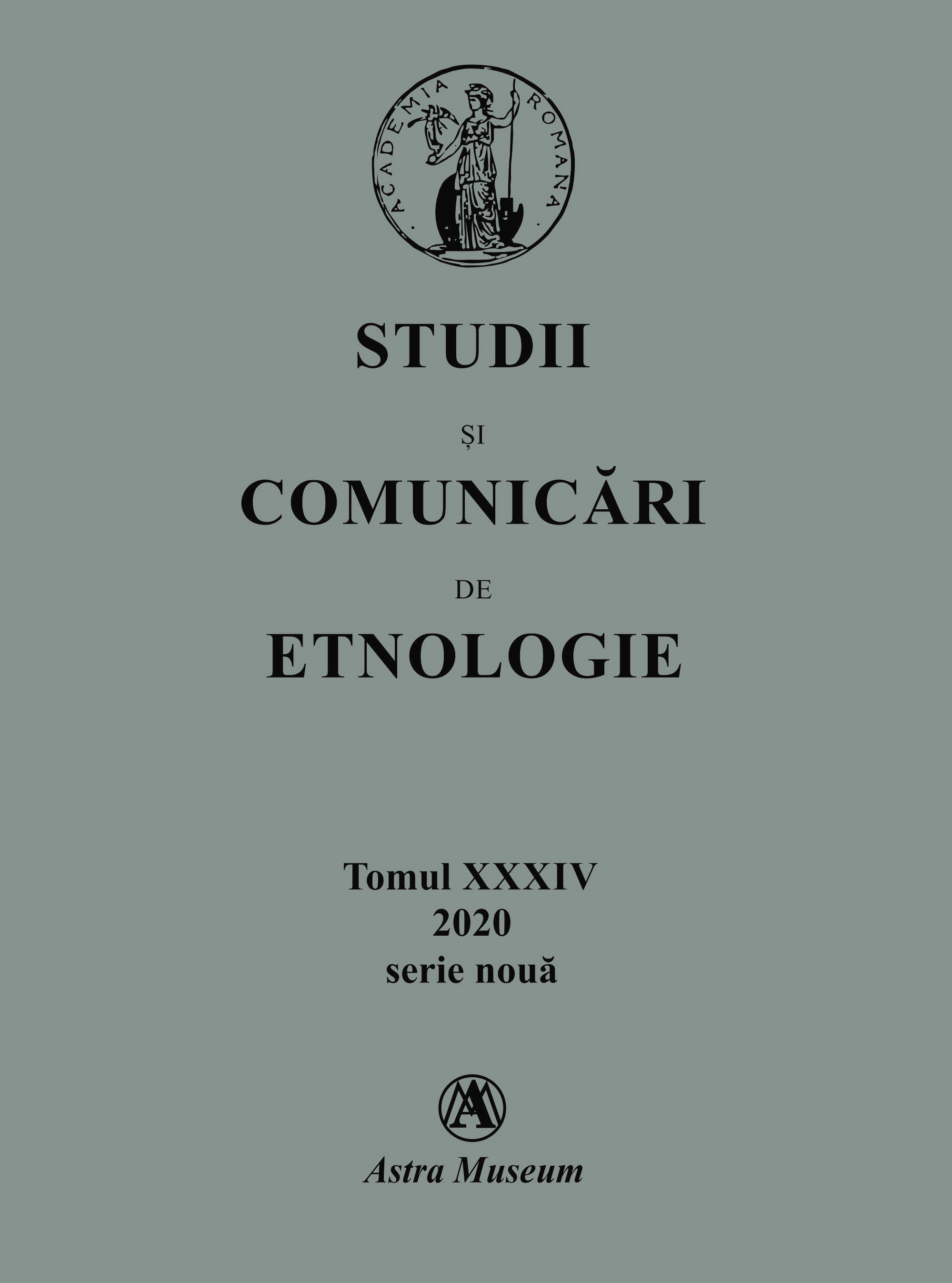
The transition from photography with the classic camera to digital technology gives photography some definitive advantages. Digital photo processing offers an unexpected opportunity for the viewer: the somewhat magical sizing of the image, by adding what we call today ”effects”, in addition to increasing clarity, brightness or contrast, as appropriate, which brings a definite plus of image representation.In the spring of 2020, during the ”state of emergency” due to Covid 19 pandemic, we carried out a museum advertising experiment, based on digital photography (selfie), through which we tried to promote images from the Banat Village Museum in Timișoara. Moreover, I created stories behind photos. The experiment was a success – thousands of visitors accessed the Facebook page of the museum during that period.
More...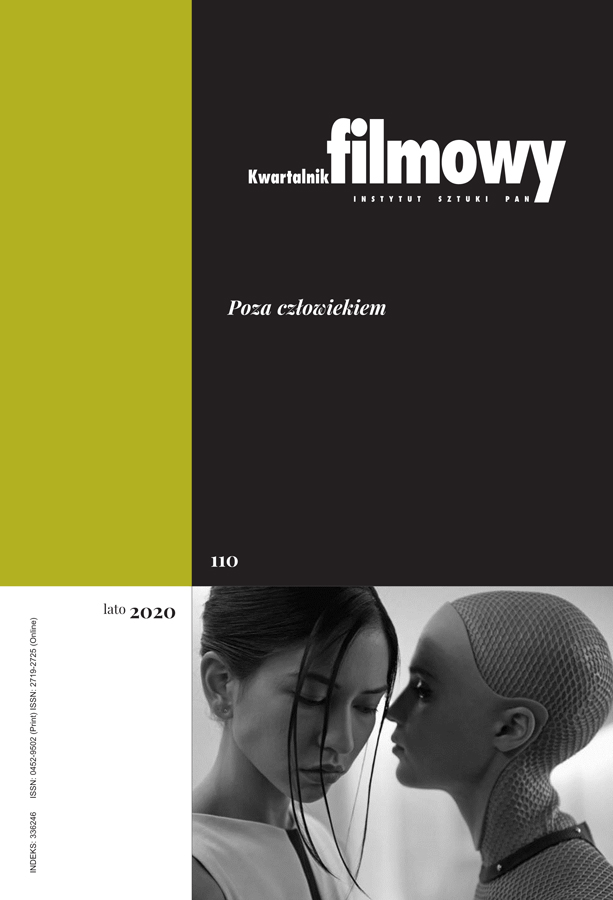
The main subject of the essay is Michael Snow’s "La Région" centrale. Referencing various writings on the film, the author highlights areas that have not been tackled by scholars: the sensuous character of the film experience and its consequences for cinema’s status as a sphere of the cognition of reality. "La Région centrale" is juxtaposed with Gilles Deleuze’s concepts of painterly catastrophe and diagram in order to show how the experience of landscape becomes a post-humanist project of creating the whole new world, where existent dualisms of body-mind, subject-object or human-animal are completely overthrown. This interpretation is accompanied by a reflection on the cinema’s role during the age of Anthropocene and a re-affirmation of realism in film theory.
More...
The text presents an analysis of selected films, both Polish ("Pora umierać", "Dzikie róże", "Cicha noc") and foreign ("Grüße aus Fukushima", "Con el viento") and artistic projects which address the issue of home in terms of matter/meaning and intra-activities between human and non-human subjects. The methodology of the analysis is based on post-human theories of Karen Barad and her idea of agential realism, and Rosi Braidotti and her concept of a reconfiguration of the post-human subject and of ethical micro policy. There are also some references to Félix Guattari and the idea of multiple ecologies: social, environmental, and mental.
More...